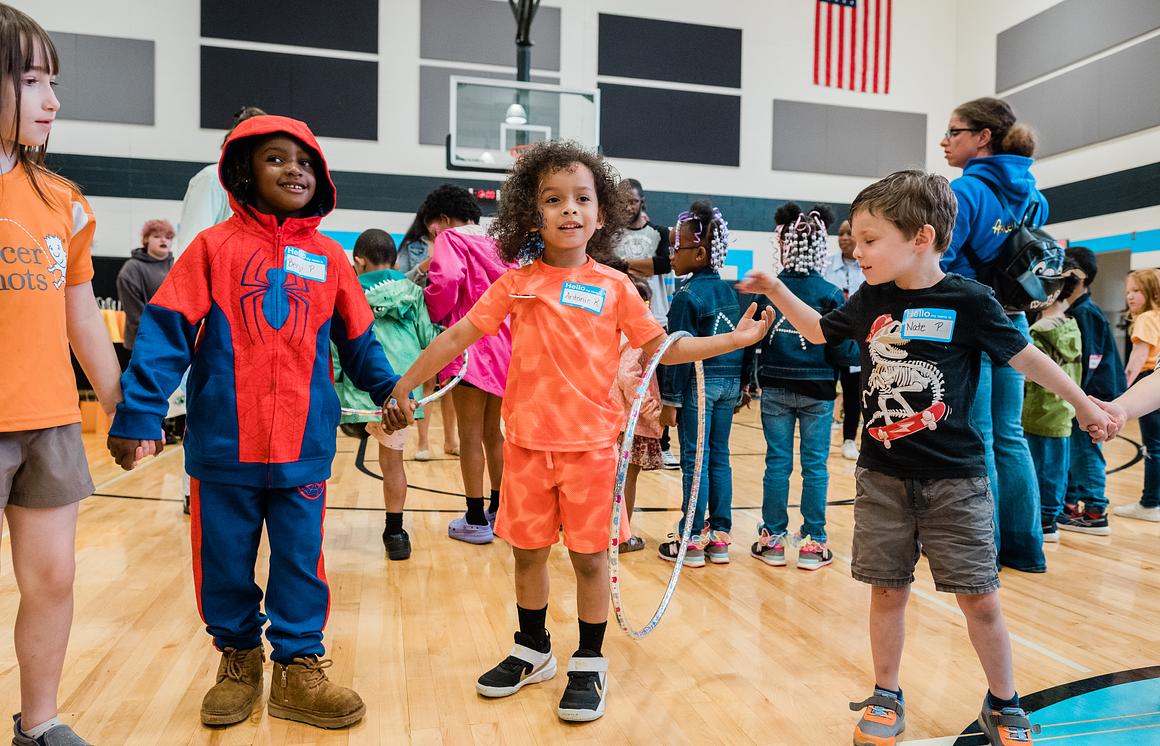We wanted to engage our transient population and keep students and families in our district rather than seeing them leave for a charter school or another school district. Our focus was on kindergarten students and their families and engaging them early on in their school journeys. There are three elementary schools in our district so we held our events at common, neutral sites.
Woodland Hills School District
Overview
5
276
3500
About the implementation
A survey for families who were new to the district was first and asked about their transition to school. For example, did they get the info they needed, did they feel welcomed? It was overwhelming to try and reach all new families so we went smaller and focused instead on families who had children transitioning into kindergarten. This led to the Kindergarten Fall Festival that involved families from our three elementary schools. We followed with a Story Walk in the spring, inviting current Kindergarteners and in-coming kindergarten families with the aim of creating a sense of "oneness".
We did these implementation trials because school is so much more than just academics. The non-academic part of school life is very important because it's about being part of the larger COMMUNITY. We want our children to have friends, a connection with the teacher and others in their school lives. That is what we hope for them — to not just get a great academic education but connection to the school life around them.
Impact
At the fall festival we had a lot of staff from two of the school buildings but not all three. We learned that we needed to bring teachers into the planning earlier. The spring story walk was to be outside but it rained so we moved inside to the gym. The stations were run by the parents and teachers and we had “celebrity” readers and fun guests. Despite some problems, there were many positives!
Learning Journey
Location
The Woodland Hills School District located approximately eight miles east of the City of Pittsburgh. The school district covers 13-1/2 square miles and includes the communities of Braddock, Braddock Hills, Chalfant, Churchill, East Pittsburgh, Edgewood, Forest Hills, North Braddock, Rankin, Swissvale, Turtle Creek and Wilkins Township. The fall event was held at the Wilkins Twp. Volunteer Fire Company #3.




